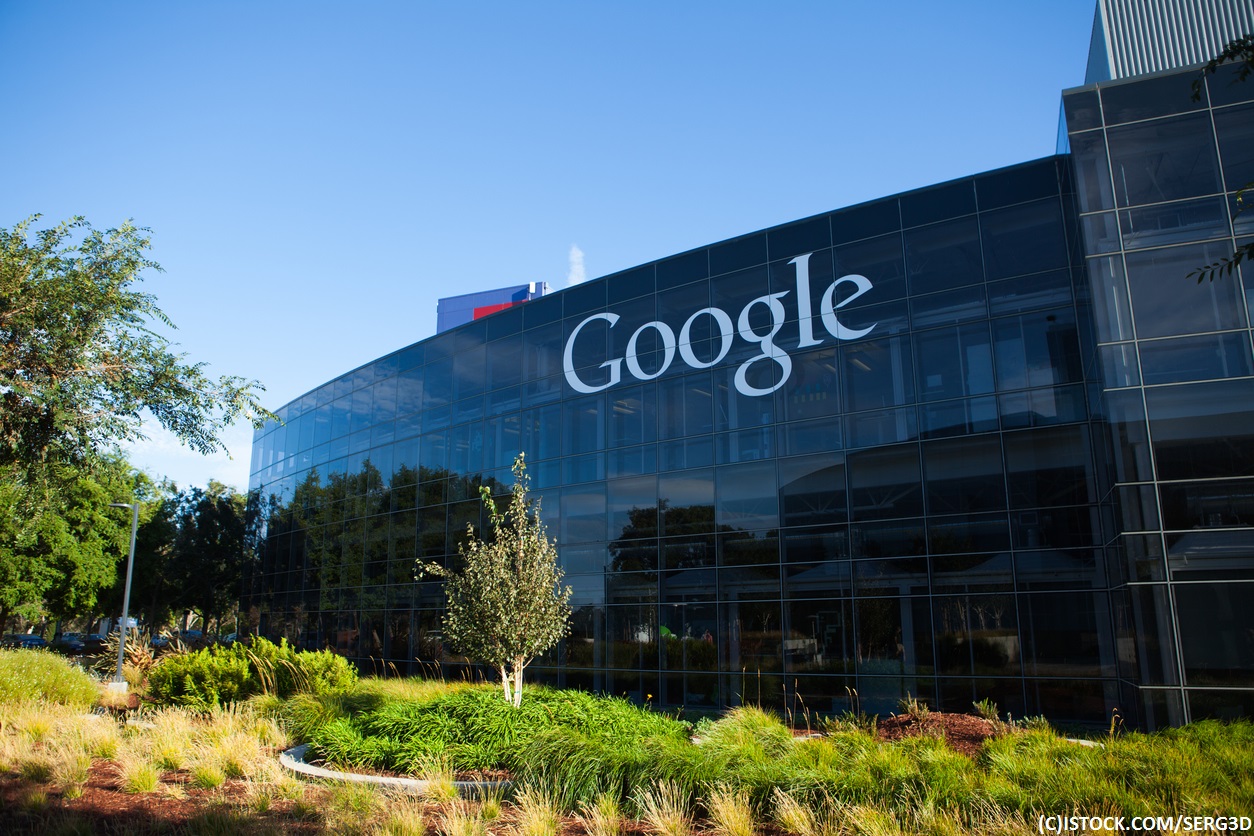
Opinion It almost goes without saying that being found online by search engines is an essential part of marketing for most brands today. An entire industry has sprung up around optimising on-site content so that sites and pages are found better, or at least, more accurately. But if the days of stuffing keywords onto webpages or in meta tags so search engines score them more highly represent the ‘iron age’ of search, then simply prioritising on-site SEO is also starting to look quite medieval.
Google – and the other search engines – have been evolving rapidly, and whilst we’re a long way away from the platforms thinking like humans do, they are changing quickly to answer search enquiries like a human would.
The gorilla in the room is Google, of course, which still has 78% of the desktop search market and 94% of the mobile market, according to netmarketshare, so most of the practices here will relate to Google out of sheer pragmatism.
Stalking me, stalking you
What is becoming increasingly clear is that Google is evolving its search algorithms to think like a person sussing out a first date before actually meeting them. Regardless of whether it’s a business meeting or hot date, most of us will check out someone new on Twitter, LinkedIn or Facebook before we meet them, just out of curiosity.
There is some disagreement about how Google does this for search: the head of webspam at Google, Matt Cutts, has said that Google doesn’t look at the influence of social accounts – in other words, accounts with more followers or likes will not be ranked as more influential. However, Matt has previously confessed that Google does use social signals to some extent to assess relevance.
This has a logic to it. Social networks are great thermometers for what’s popular at the moment, so in theory could be used to make searches more relevant at this point in time. For example, a search for ‘new marvel film’ that incorporates results which are popular in social networks will return far more accurate results than one that doesn’t, because consumers will be talking about trailers and forthcoming releases. On the other hand, gaining high follower or ‘like’ numbers is easy to game and consequently doesn’t make these accounts and pages more worthy when it comes to search results.
Social ‘signals’ also frequently provide backlinks, which can contribute greatly to site domain authority and improve SEO rankings. Many marketers do try to create content that ‘everyone talks about’ but this can be a real challenge. It’s much better to keep content focused on a specific audience and make it accessible without dumbing it down, rather than trying to create shiny ‘magpie content’, which catches attention but rarely retains it.
Hipster WLTM Panda
Technology and usage trends have also gained some weight in recent search algorithm changes. In the same way that you’d draw conclusions about a prospective first date who offered to meet up in a local McDonald’s or Burger King, Google understands that many people search the web on their smartphones today and, as such, ranks websites with a mobile-friendly site much more favourably.
Similarly, in January 2017, Google announced that it would penalise pages which interrupted the user journey by, for example, showing unnecessary interstitials that prevent people from accessing the content that they want to get to.
Finally, gaining feedback and measuring the relevance of results has been a priority for search engines for years – if you’re a guy who likes to date tall, dark, bearded hipsters, you’re going to swipe left pretty quickly on short, fair stockbrokers. In the same way, as early as 2011, Google’s Panda algorithm penalised low quality sites which were just stuffed with keywords. In later algorithms, dwell time became important – if visitors search, click through, then spend two seconds on your site, the page clearly wasn’t relevant.
For marketers, this reinforces the importance of not only using page titles and article content that is strictly relevant – but also ensuring that meta-tags and other ‘invisible’ content like page stubs reflect what the article is about, so that readers and search engines have a sound understanding of the contents.
Now Google searches for you
If you’re dating, it’s likely that you’ll check the other person out on social media, see if your friends know them and judge them by factors like their appearance, choice of venues, and interests. In the same way, Google is looking more and more widely at the signals that surround search results, to help return items that will satisfy the viewer.
This is great news for savvy marketers; organisations producing high quality, human-centric content, that is widely shared and read will thrive. But it’s a complete reversal of search trends to date – in the past, marketers have had to work to understand Google and the other search engines and effectively ‘game’ their content and tags to match it. Today, if you’re a marketer trying to second-guess Google, you can be sure as hell that Google is trying to second-guess you as a human.
And much like the entire online dating experience, I don’t think we’re alone in finding that exciting, disconcerting and slightly terrifying all at once.





